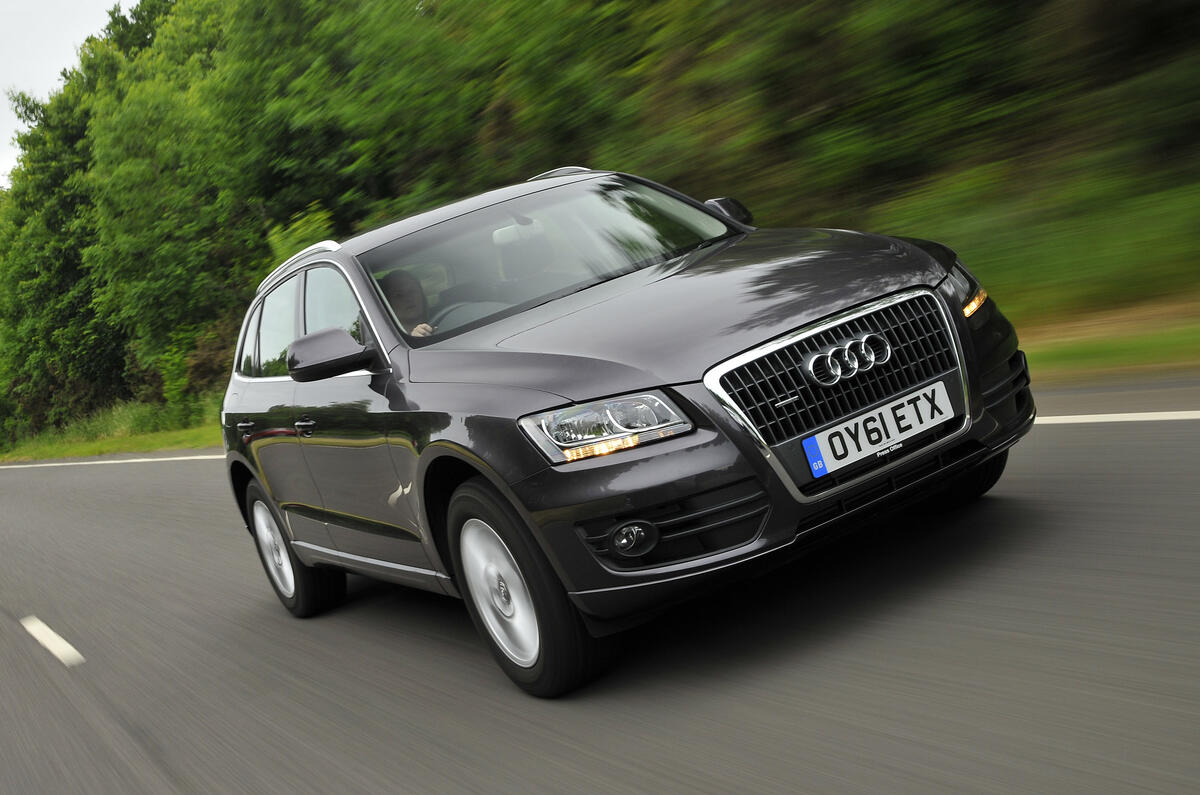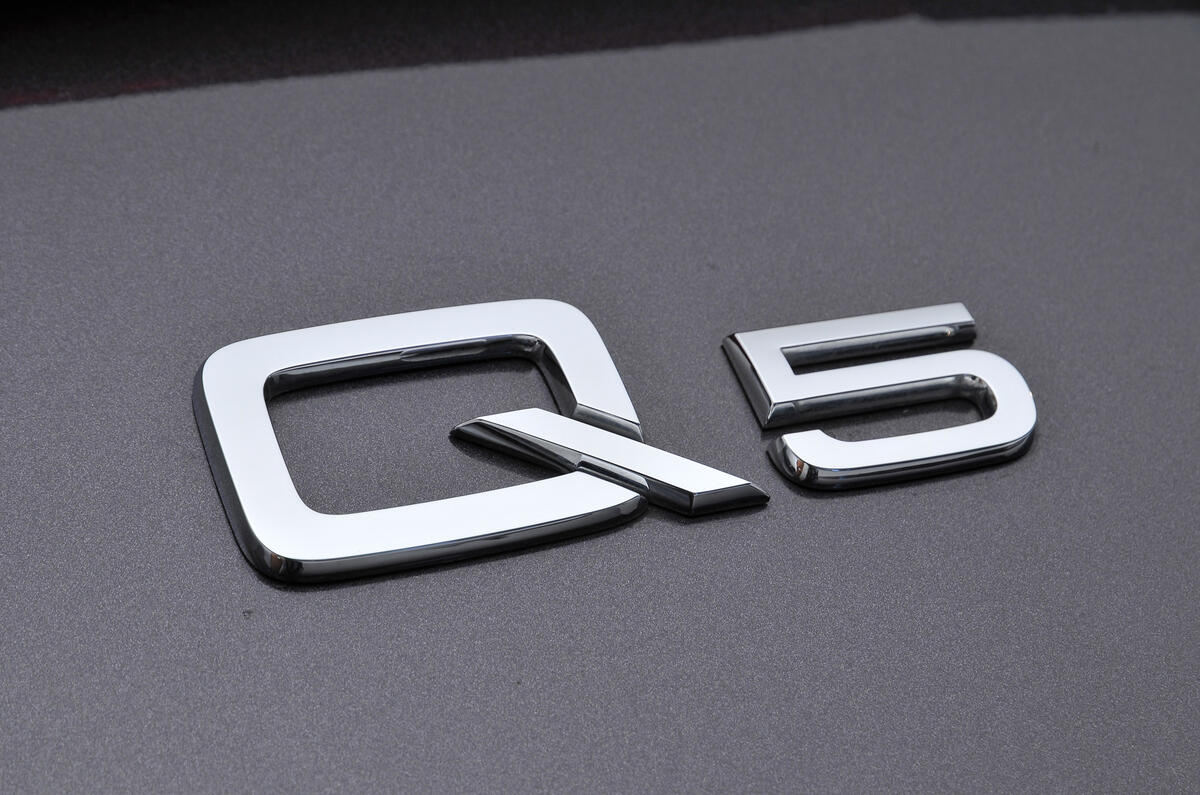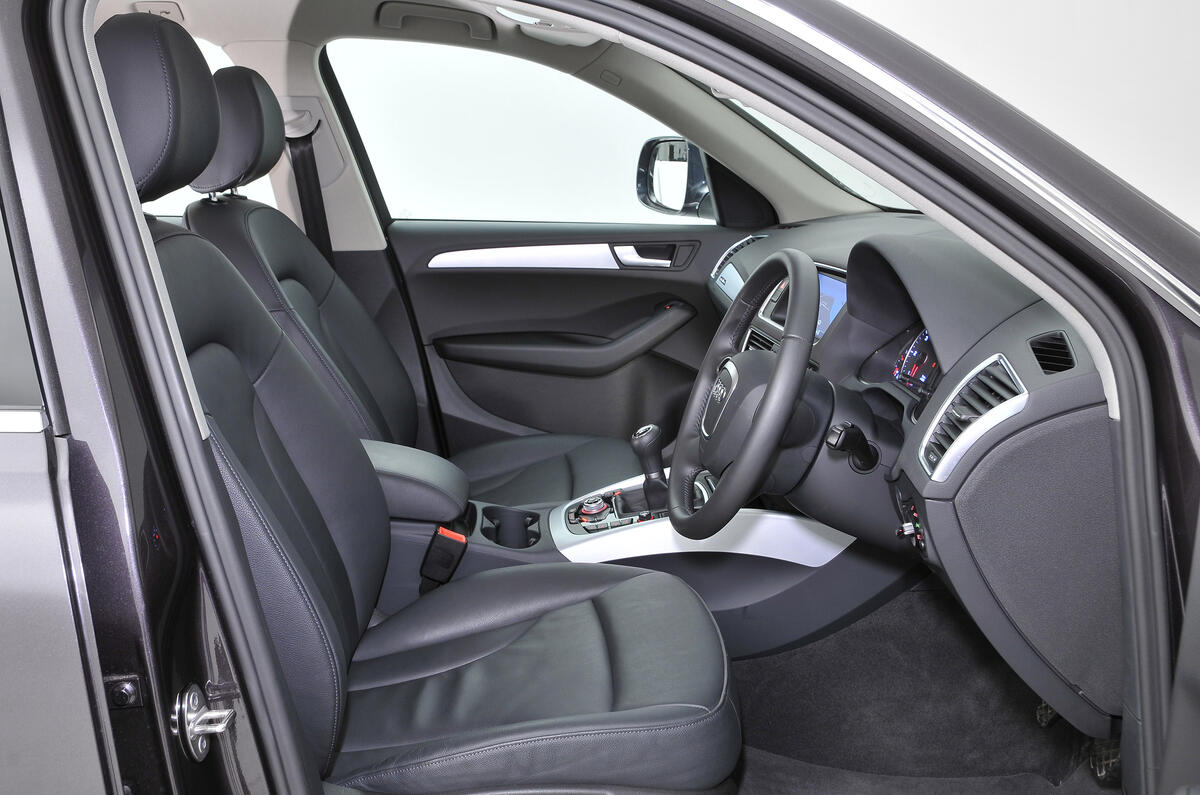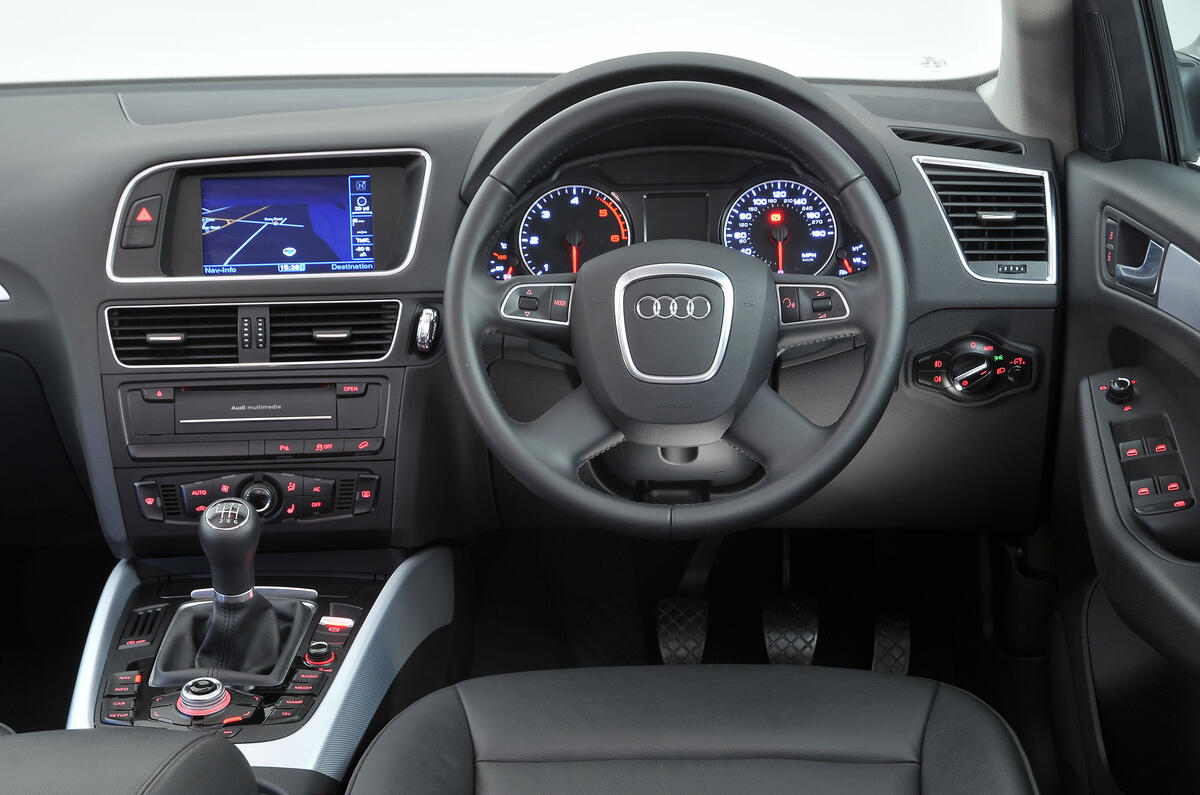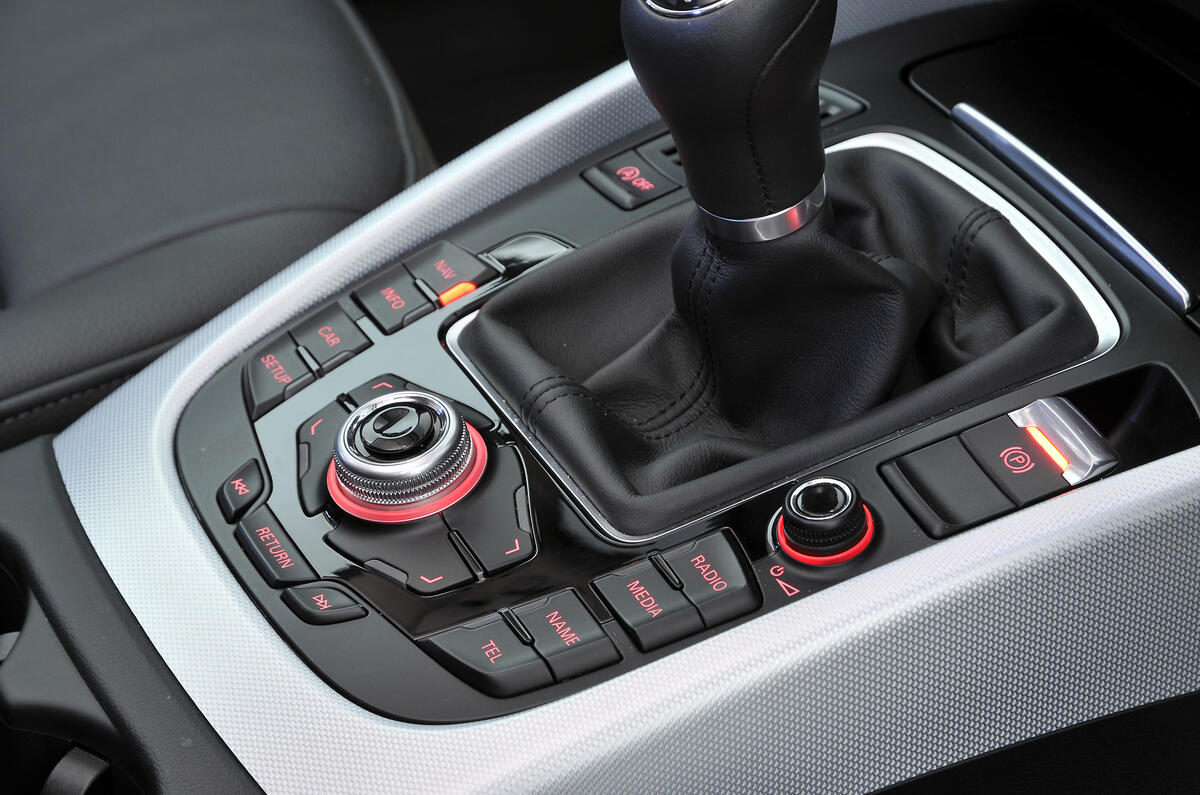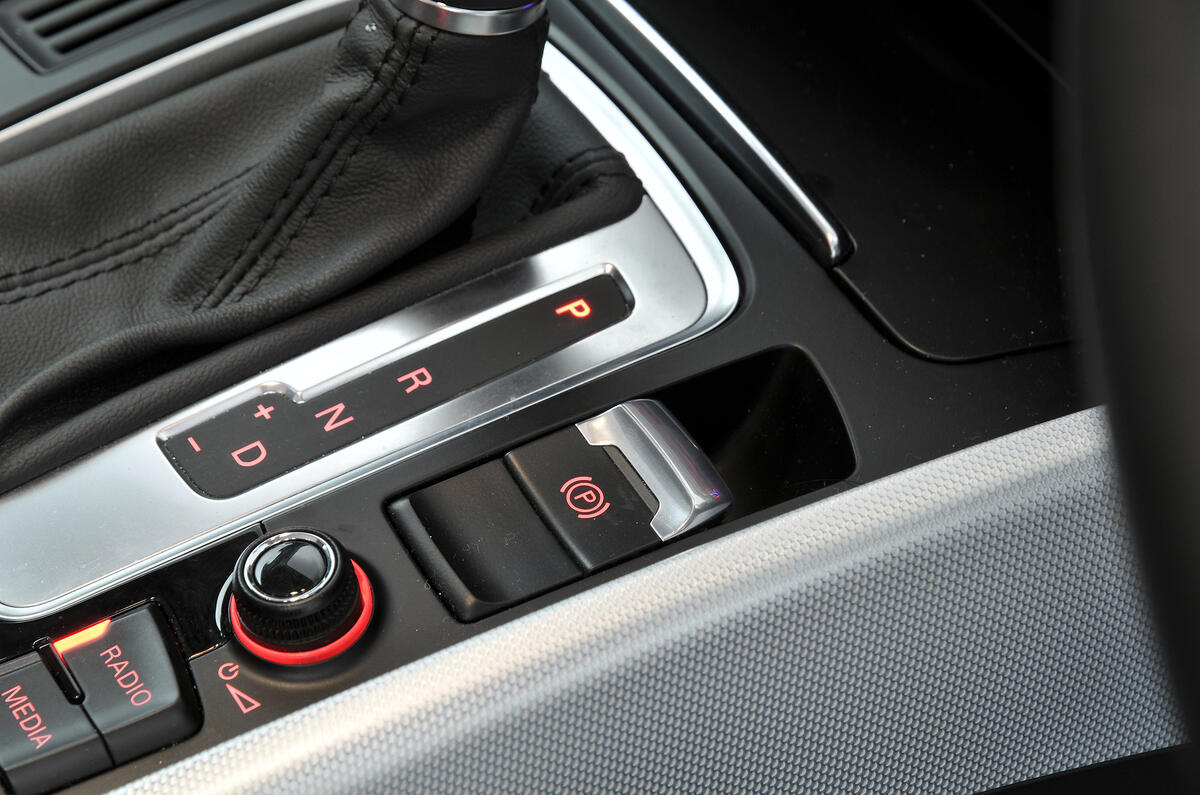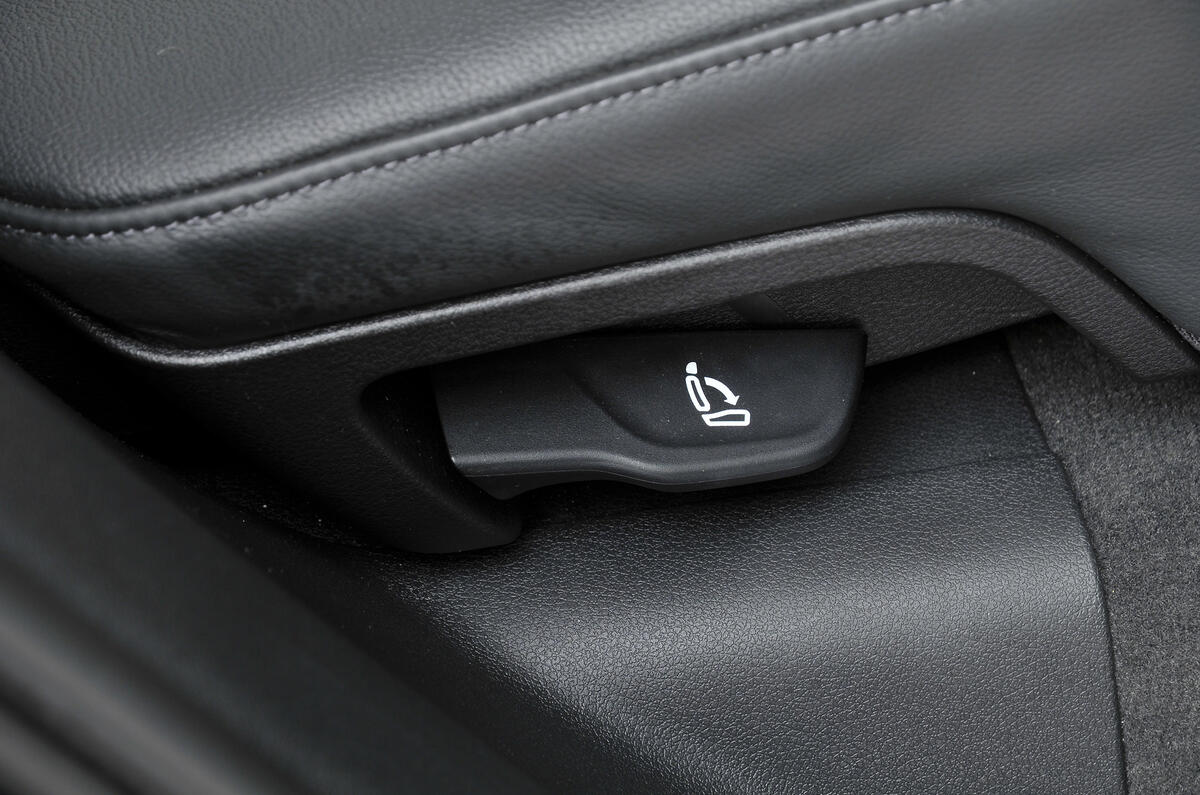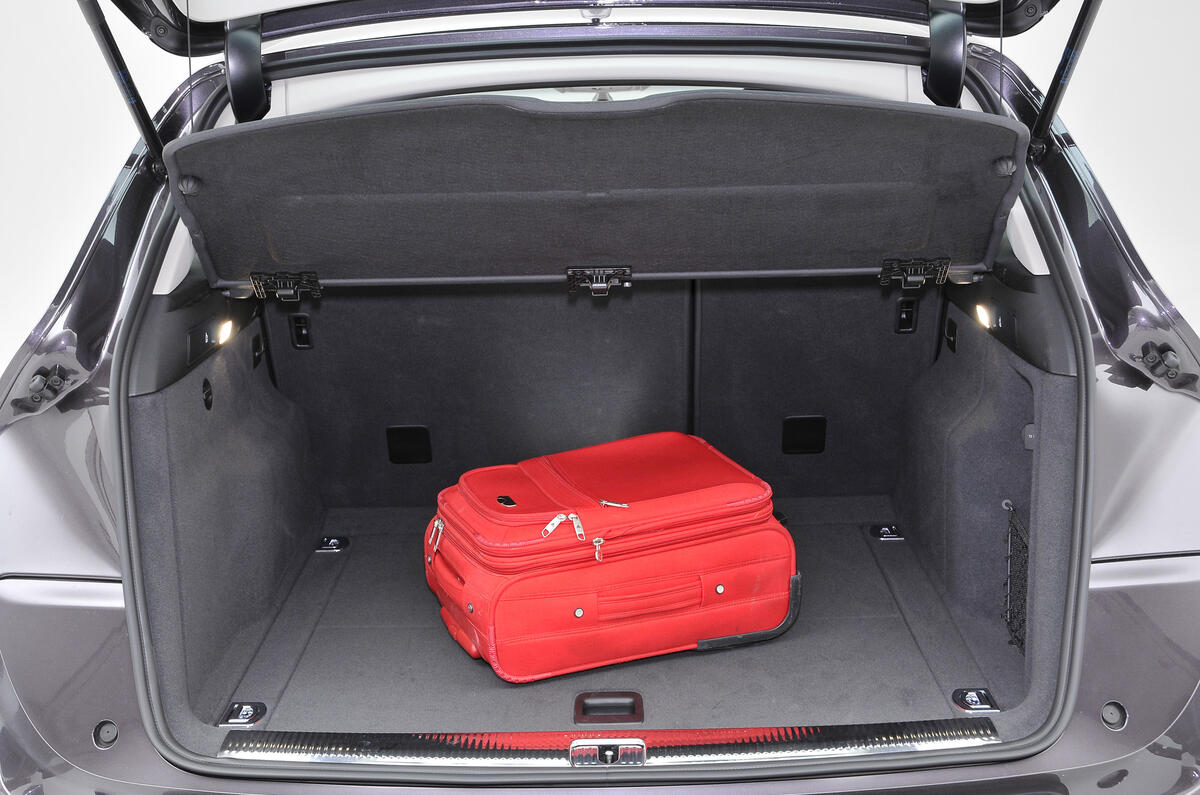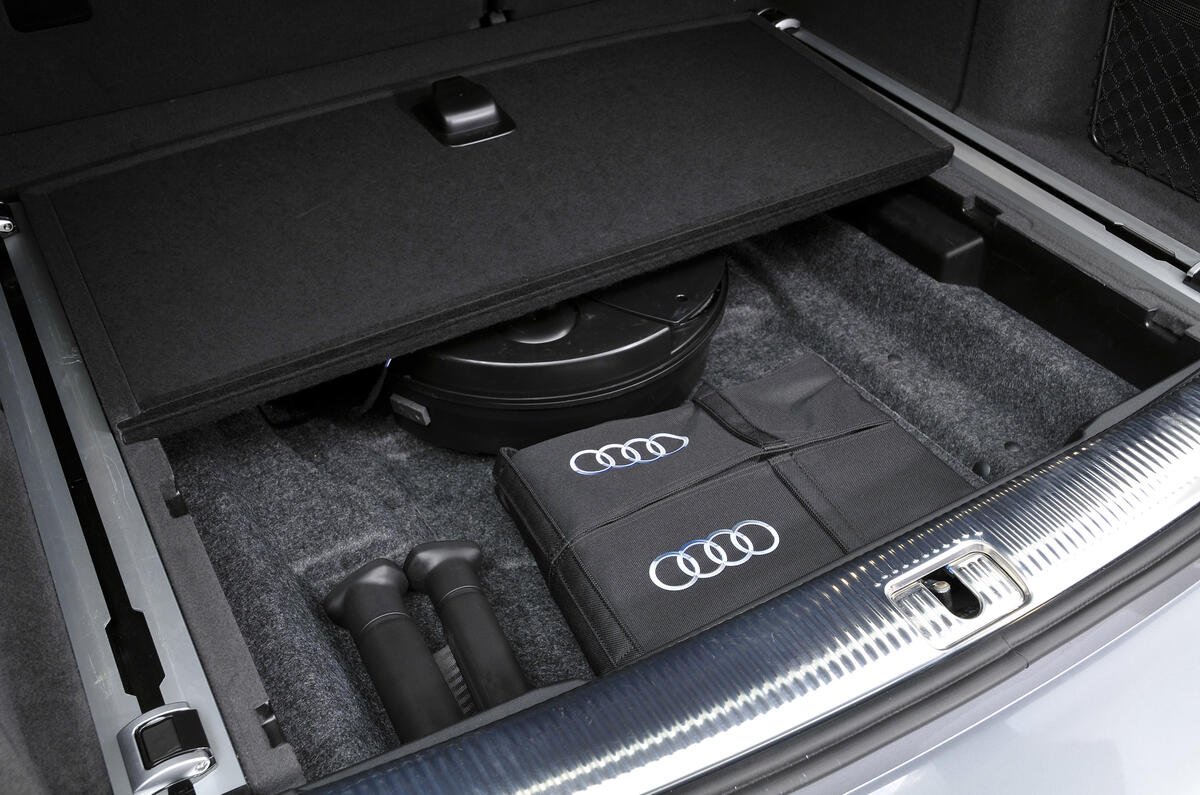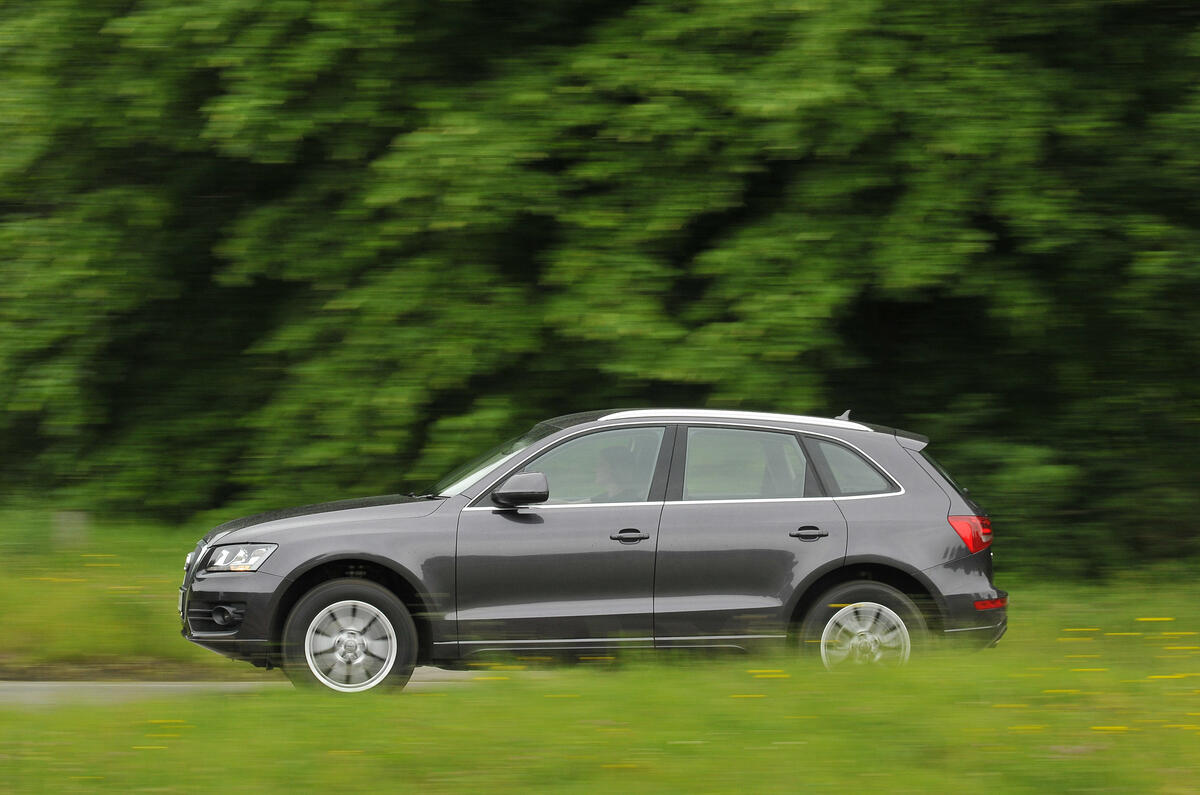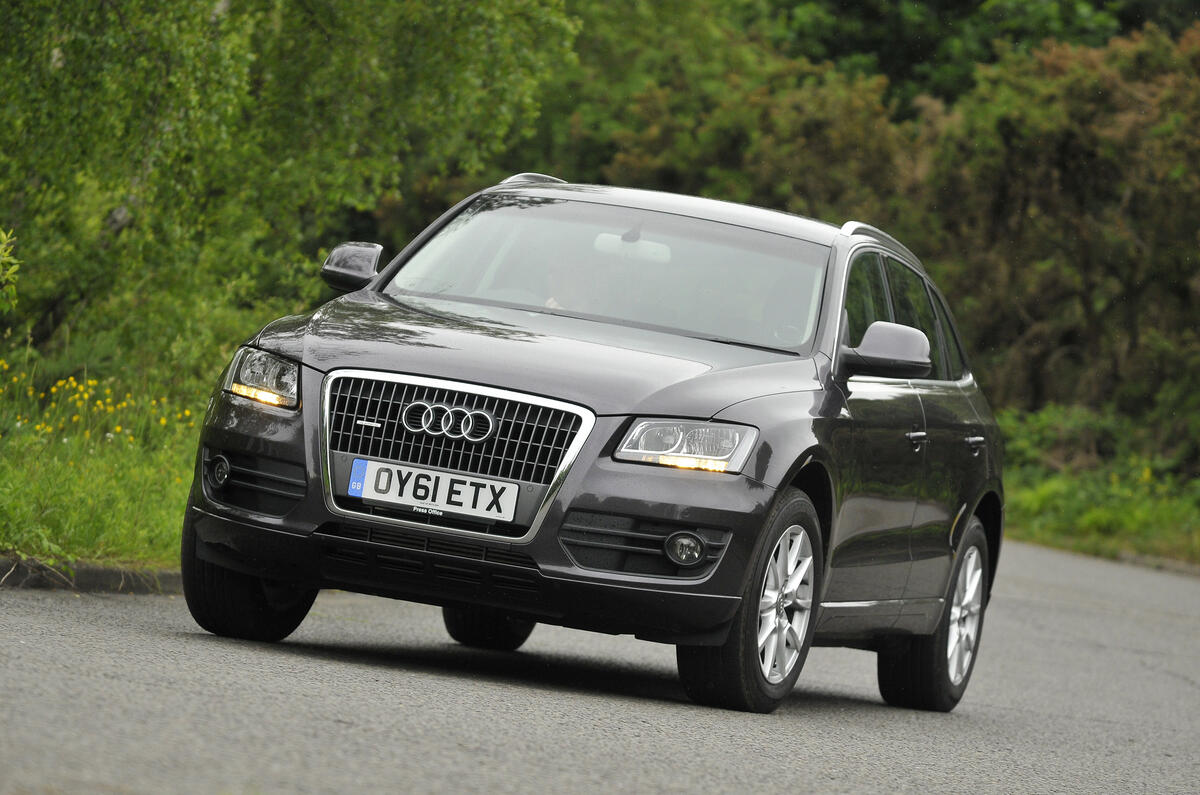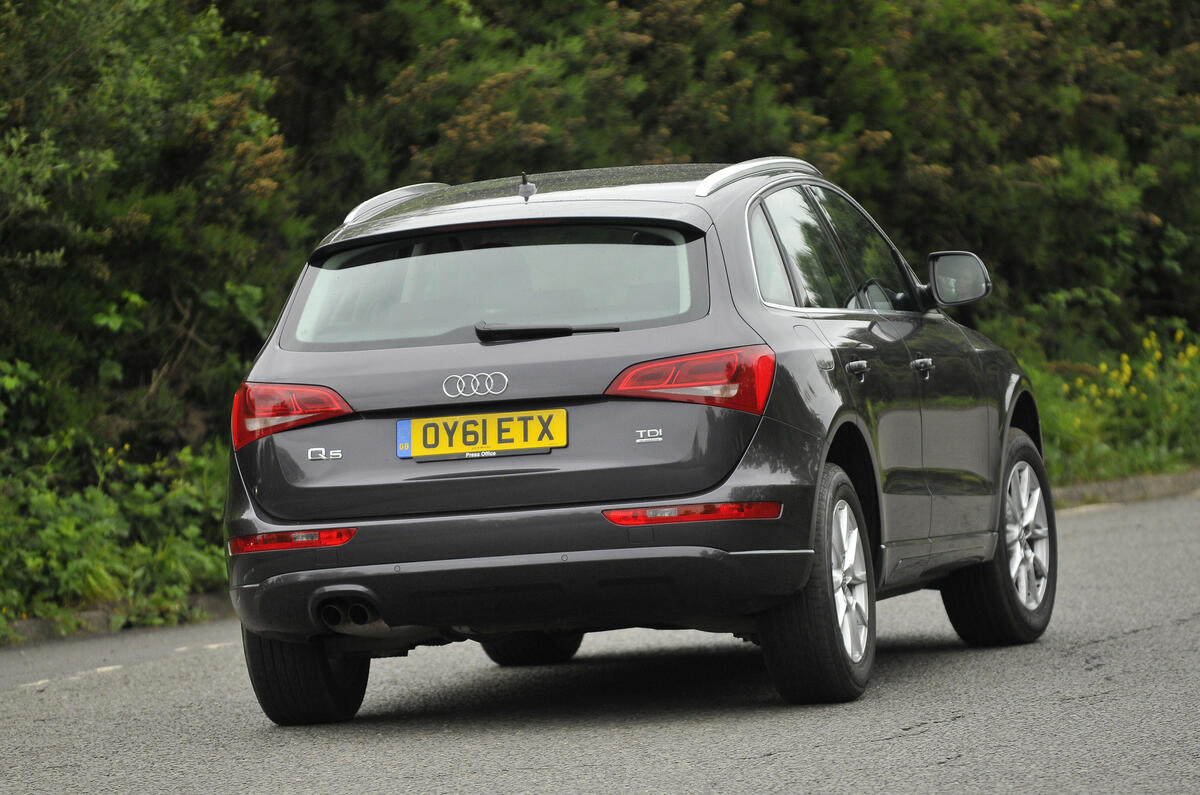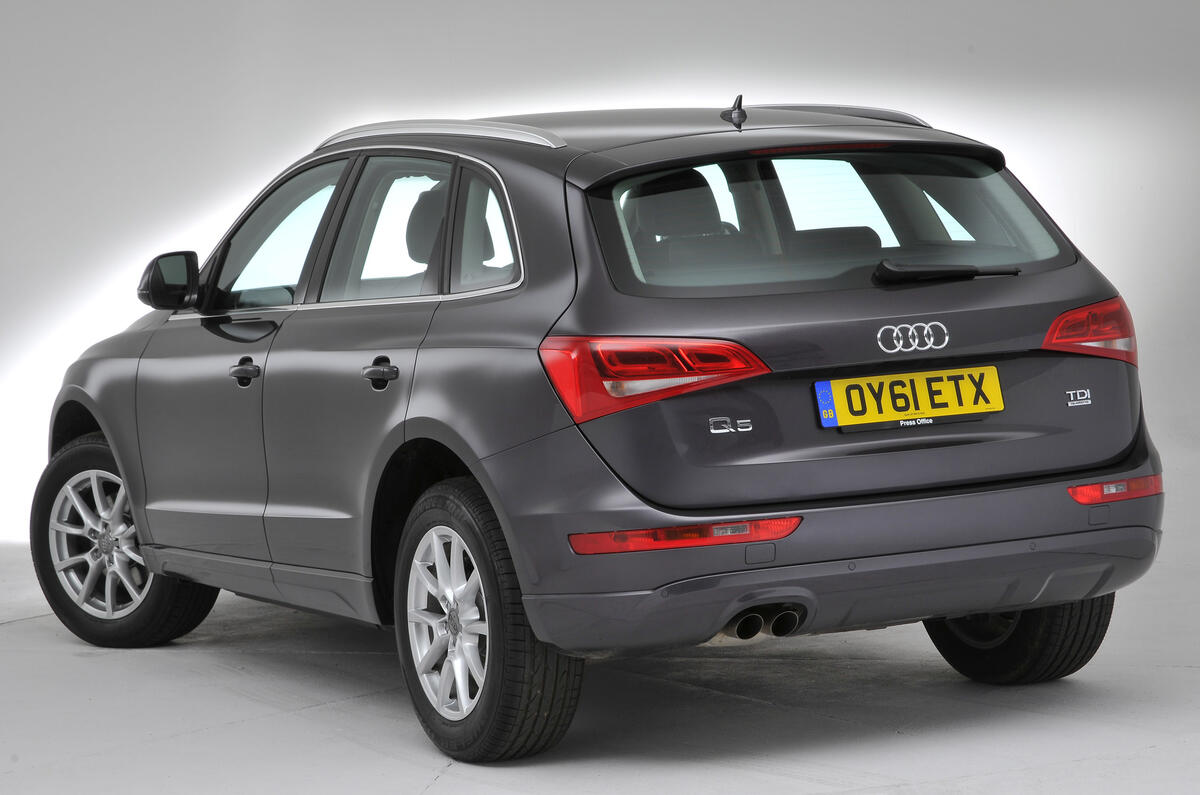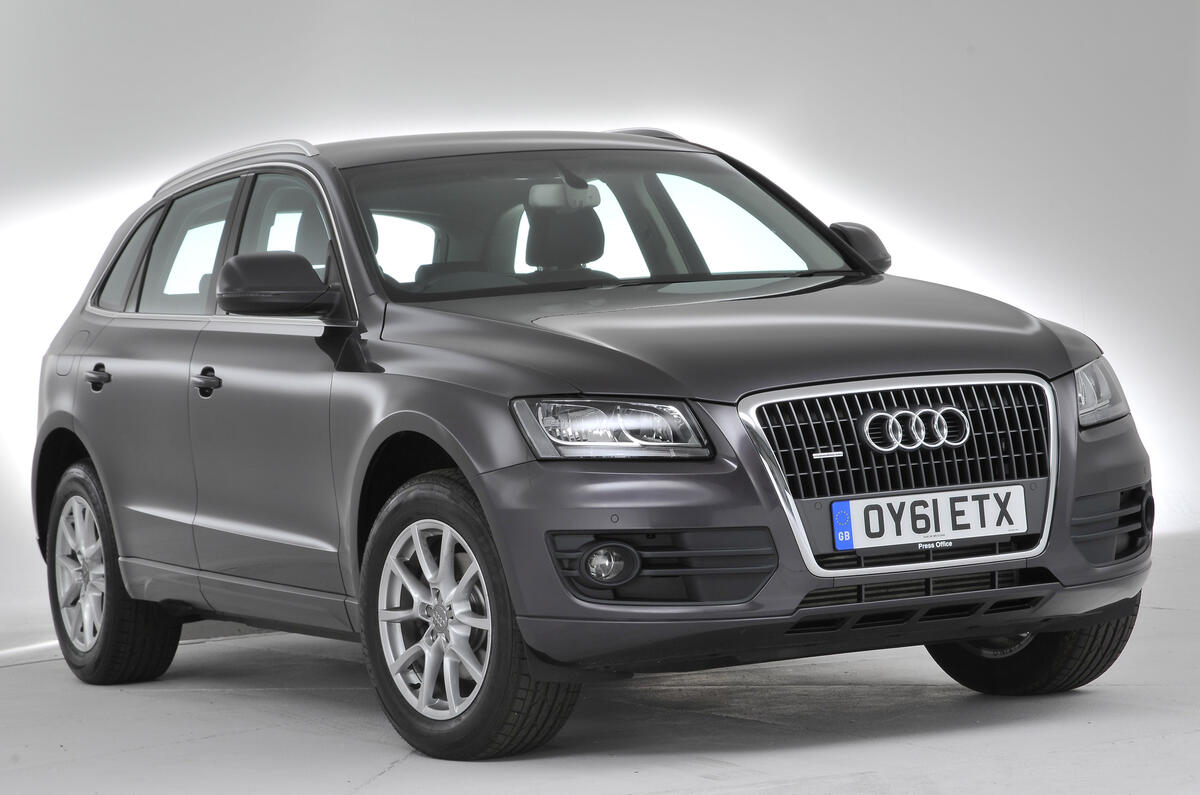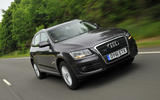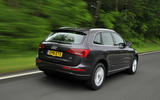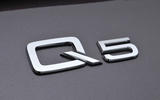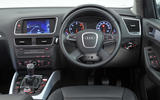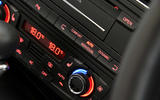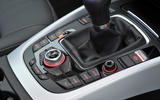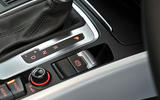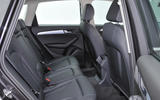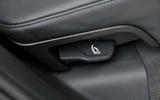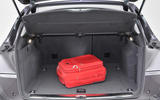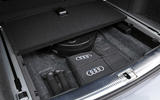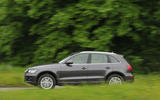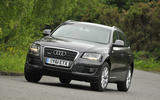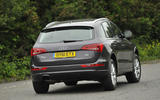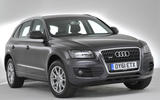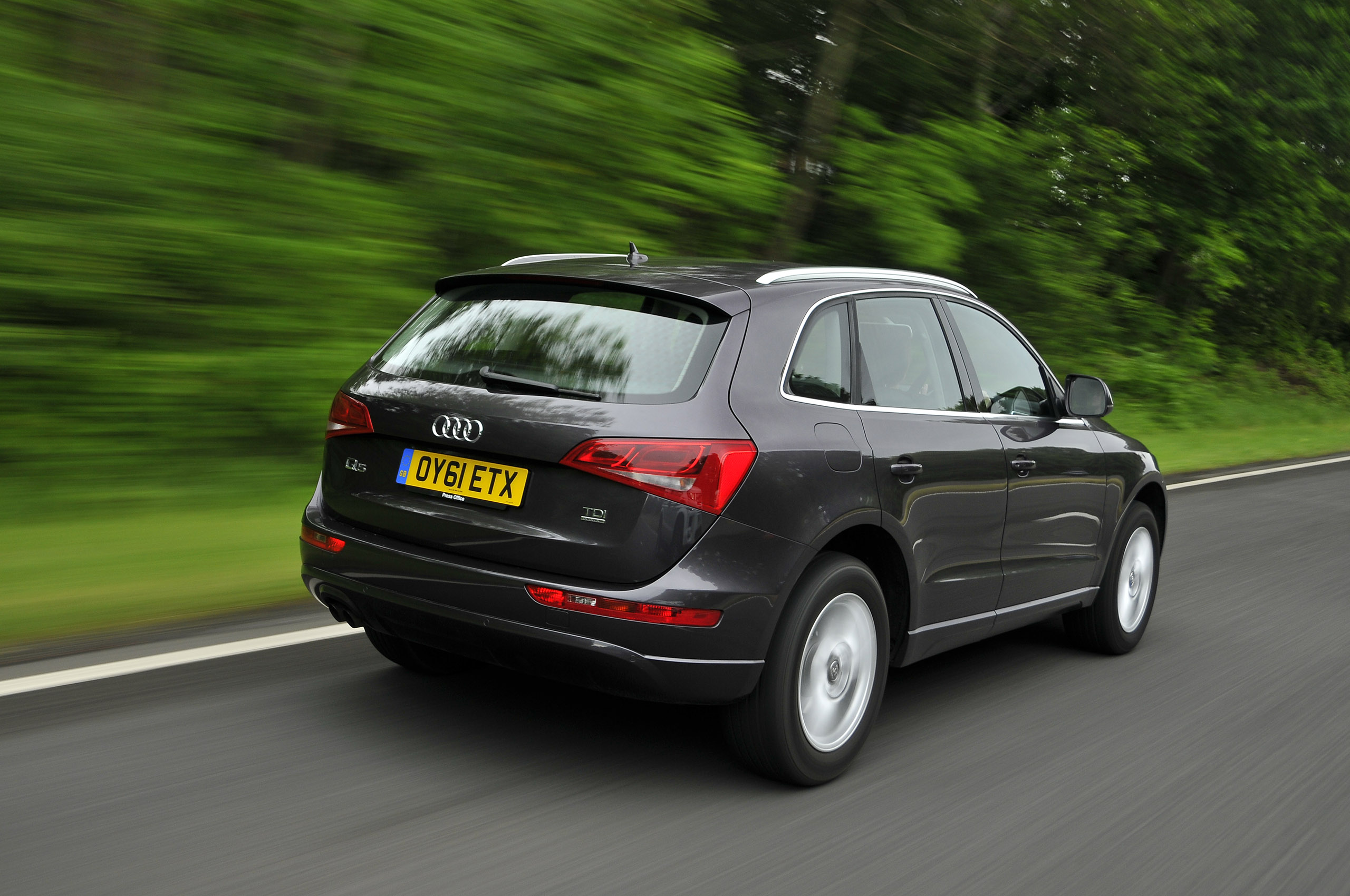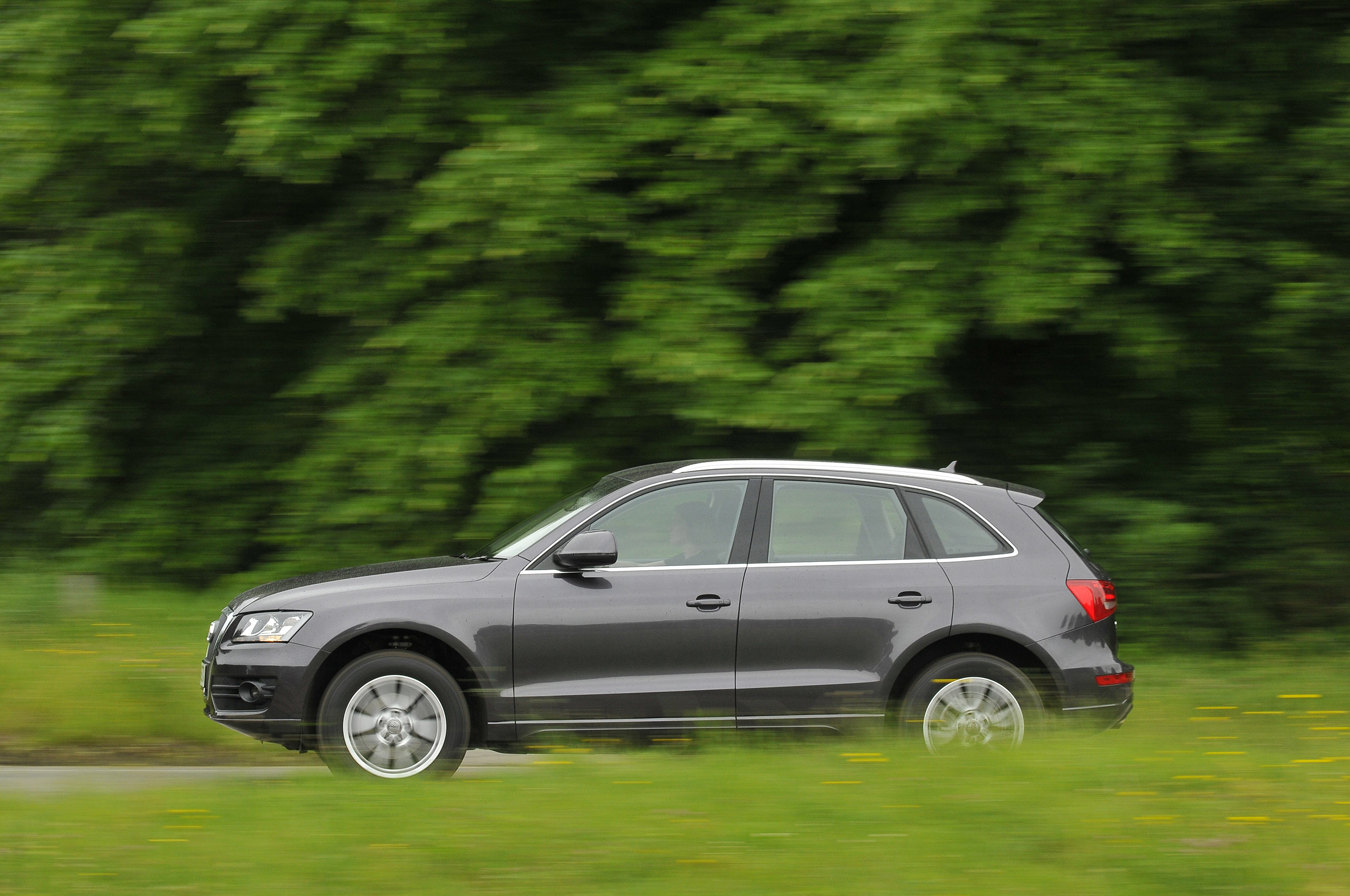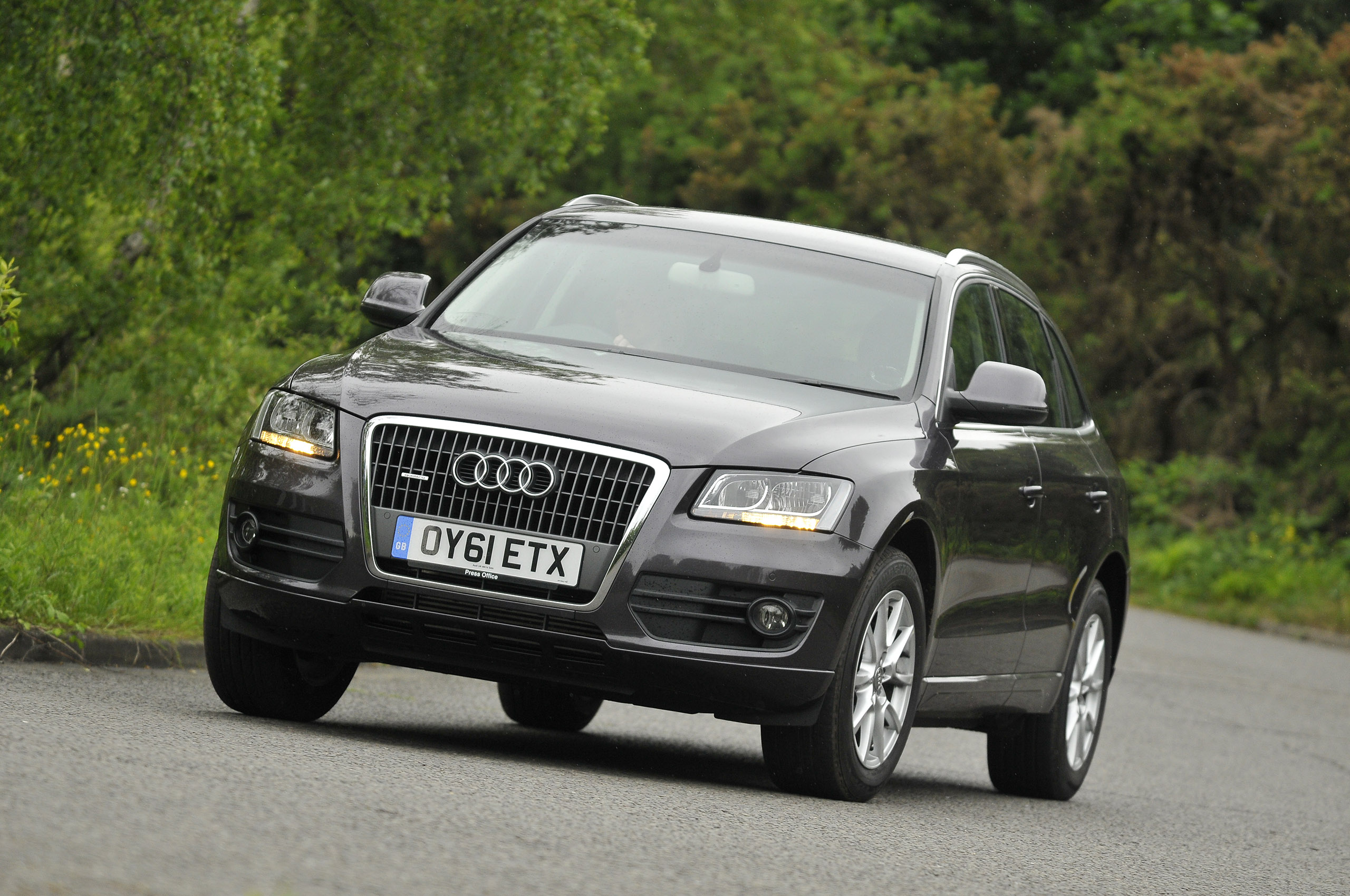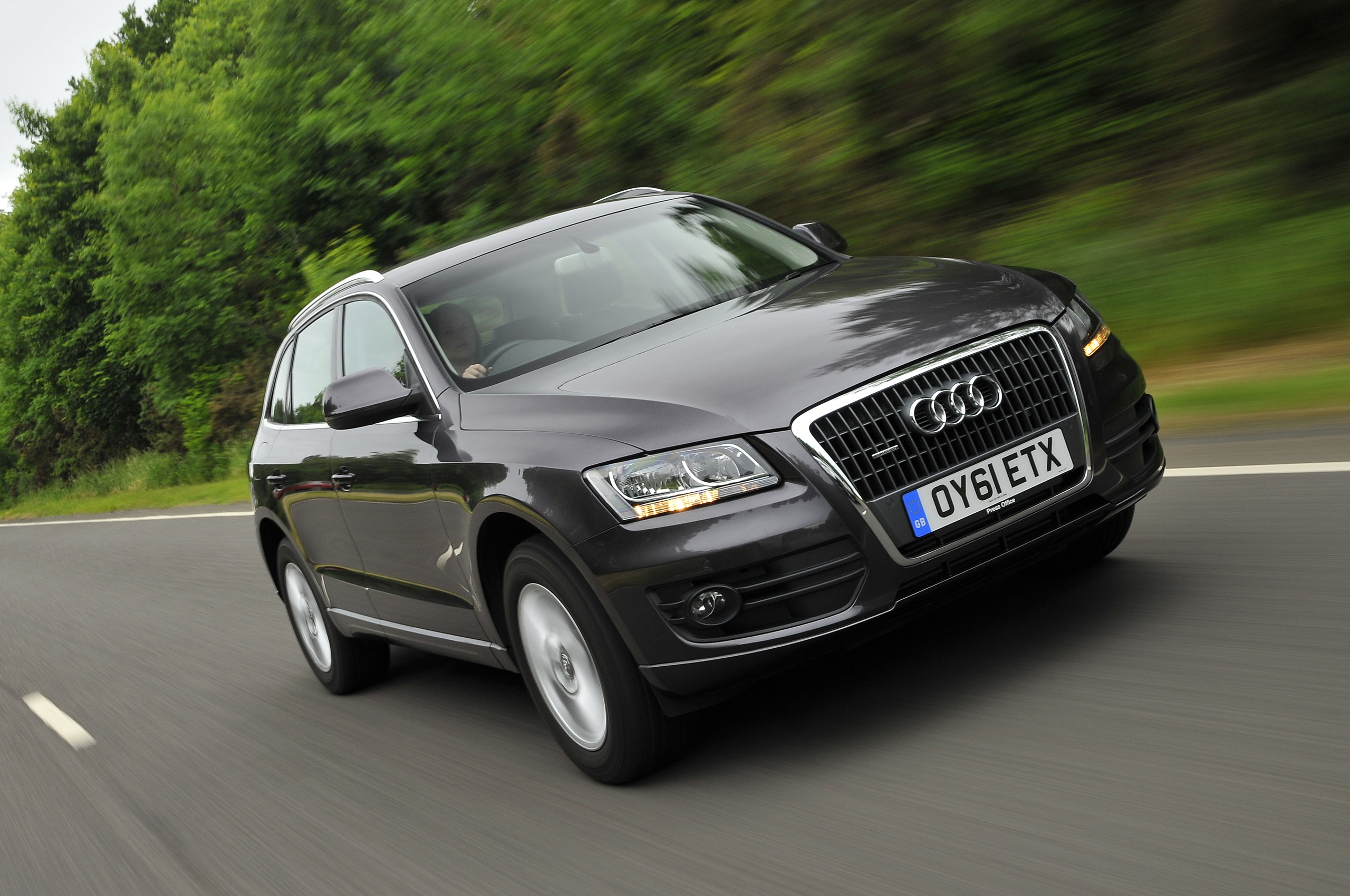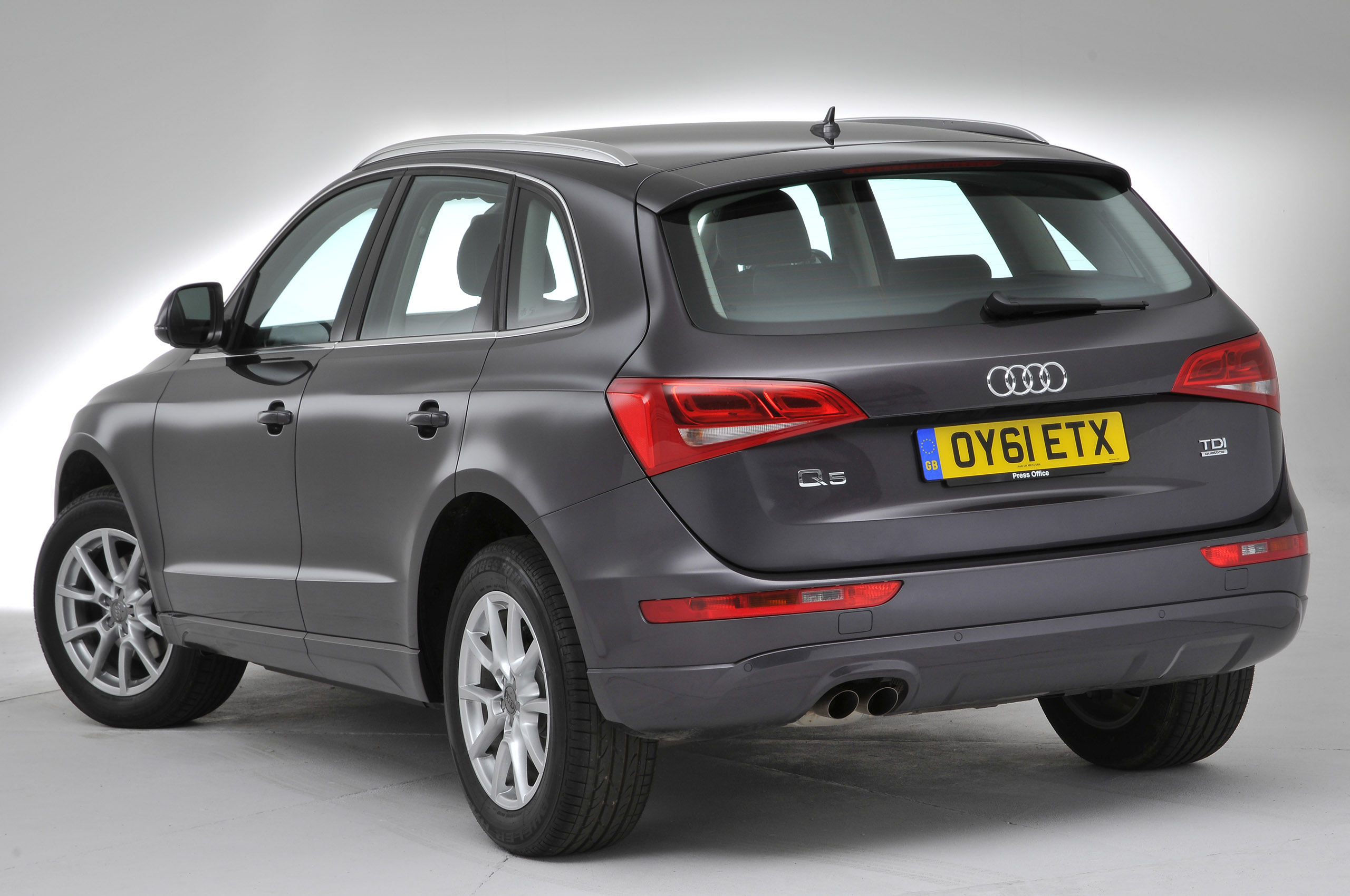When it comes to economics, Ingolstadt has its own law of supply and demand: if a market niche exists, sooner or later a new Audi model will arrive to fill it. And so it is with the Audi Q5.
The Audi Q5, arriving after the Audi Q7 and before the Audi Q3, shows Audi's continuing determination to cover all the SUV bases.
As with its larger sibling, the Q5 is not a serious off-road tool, but rather the Audi for those who want a mid-sized estate but prefer an elevated driving position and enhanced ability in slippery conditions like snow or sand. The model is Ingolstadt’s response to the Land Rover Freelander 2, BMW X3 and Volvo XC60, and is the benchmark for the Land Rover Discovery Sport, Porsche Macan, Mercedes-Benz GLC and Jaguar F-Pace. In 2012, the Q5 got a minor facelift which was dominated by a more distinctive face through new LED day-running lights and little else.
The petrol option comes in the flavour of a 2.0 TFSI which, gets a seven-speed incarnation of S-tronic dual-clutch gearbox, along with the larger of the two diesels, the 3.0-litre V6. Want to change gears yourself? Then you need either one of the two 2.0 TDIs.
At this moment in time the Q5 is extremely long-in-the-tooth, and has stood the test of time as it is still sold by the bucketload and revered by motorists. However, at the 2016 Paris Motorshow, Audi revealed the new look Q5, which is 90kg lighter than this generation, a rugged exterior look and the addition of LED or Matix LED headlights as standard.


